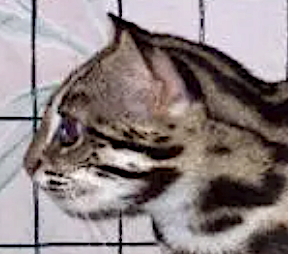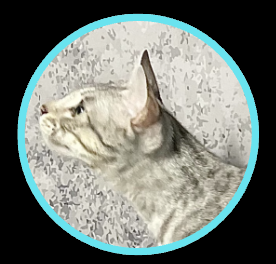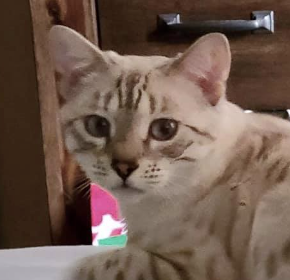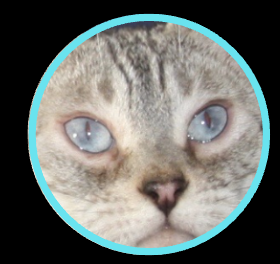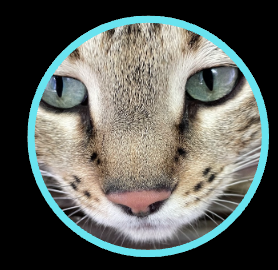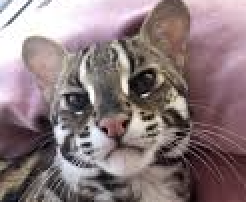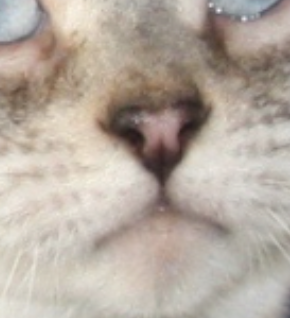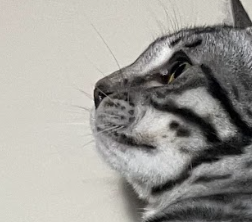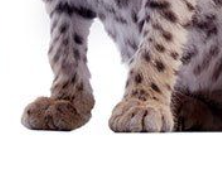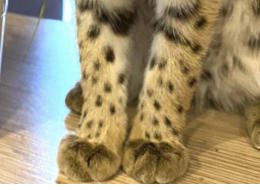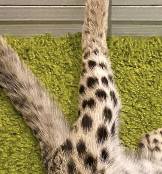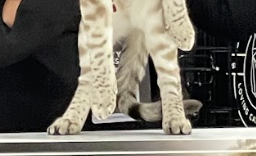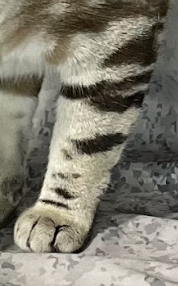Bengal Breed Standard
- Meghan Leah Waals
- Jun 20, 2022
- 4 min read
Updated: Mar 11, 2024
Elysian Bengals strives to produce kittens sold both as pets as well as breeding and show cats that are bred and compared to the TICA Bengal standard. A standard is a guideline that outlines traits and characteristics that make up a breed. By breeding to the standard, one contributes to the overall breed as well as recognizes characteristics that need improvement to not only better the individual and the breed as a whole, but also to conform to the over-arching goal of creating a cat that looks like the a small forest dwelling cat but is as friendly and affectionate as the domestic house cat. Even if you are just purchasing a kitten as a pet, it’s important to support breeders who breed in this manner.
It should be noted that the standard uses non quantitative terms as well as looser terminology, thus the standard is more open to interpretation. While Elysian Bengals aims to breed towards the Asian Leopard cat, there are many subspecies. Furthermore the standard is for a small forest dwelling cat...again a very broad representative.
*Asian Leopard Cat and other small forest dwelling cat pictures are stock pictures from google, all others are our own cats throughout the years **Keep in mind no single cat is perfect therefore you will see a variety of cats displaying the discussed trait.
The following is The International Cat Association (TICA) standard:
HEAD
A shortened version of wedge shape with a rounded outlines
Shape
SLIGHTLY smaller in proportion to body
The skull behind the ears makes a gentle curve and flows into the neck.
Ears
Medium to small, relatively short, with a wide base and rounded tops.
Set as much on side as top of head.
Eyes
Oval, almost round. Large, but not bugged. Set wide apart and on slight bias
toward base of ear.
This is opposed to almond shaped, hooded and small beady eyes.
Eye color independent of coat color except in the lynx points in which they should be blue. The more vibrant the color the better!
NOTE: browns, silvers and/or charcoals cannot have blue eyes Chin
Strong chin, aligns with tip of nose in profile
Muzzle
Full and broad, with large, prominent whisker pads
Nose
Large and wide; slightly puffed nose leather (skin surface of the nose).
Profile
Curve of the forehead should flow into the bridge of the nose with no break. Bridge of nose extends to the nose tip, making a very SLIGHT, to nearly straight, concave curve.
Neck
Long, substantial, muscular; in proportion to the head and body
BODY
Torso
Long and substantial. Medium to large (but not quite as large as the largest domestic breed).
Legs
Medium length, slightly longer in the back than in the front
Feet
Large, round, with prominent knuckles
Tail
Medium length, thick, tapered at end with rounded tip.
Boning
Sturdy, firm; never delicate.
Musculature
Very muscular, especially in the males.
COAT
Color (see Bengal Colors)
Brown
All variants of brown are allowed with brown to black colored markings.
White base colors on the whisker pads, chins, chest, belly and inner legs.
Seal Lynx/Seal Mink/Seal Sepia
All variants of cream and tan with dark brown/tan colored markings. These markings should be of little difference from the point color (points are nose, ears, tail etc.)
Charcoal (technically a pattern effect versus color see Elysian Color Genetics)
These cats have higher concentrations of black (melanin) pigment. They typically have a solid black thick strip down the back (cape). The face is generally black with white spectacles around the eyes (mask).
Brown charcoals will have a base color of brown
Silver charcoals will have a base color of silver/pewter
Seal Lynx/Mink/Sepia charcoals will have a base color of creamy white
Silver
A silver/pewter base color with preference to dark dense black markings. The coloring should be free of yellow/brown/red tones (tarnish).
Texture
Dense and luxurious, close‐lying, unusually soft and silky to the touch.
Pattern
Spots/Rosettes
Spots shall be random or aligned horizontally.
Rosettes should be two distinct colors or shades (the outline should be a different color than the inside of the rosette which can be a different color than the base color).
Contrast with base color must be extreme, giving distinct pattern and sharp edges.
Strong, bold chin strap and mascara (streaks on the “cheeks”) markings desirable
Blotchy horizontal shoulder streaks, spotted legs and spotted or rosetted tail are desirable.
Belly must be spotted.
Spotted Legs
Marble
Markings, while derived from the classic tabby gene, should be uniquely different with as little "bull's‐eye" similarity as possible. Rather it should be random with horizontal flow.
Belly must be patterned. Little resemblance to a tabby cat is desirable.
Preference should be given to cats with three or more shades; i.e., base color, markings, and dark outlining of those markings.
ADDITIONAL TRAITS NOT IN THE STANDARD
Broken Tabby M/ Tram Lines
Spotted Chest
Tear Lines, Eye Liner and Mascara
Ocelli
Broken Spinal Pattern (except in the charcoal pattern effect)
We do our very best to get several pictures of our kittens every week not only to show off how cute and beautiful they are but some of their structure as well. We don’t want you to simply take our word, we want you to evaluate on your own too!
Check out a more about the TICA standard with their official Bengal Standard as written by TICA
Check out a more about the TICA standard with their official Bengal Seminar powerpoint.ls s




















